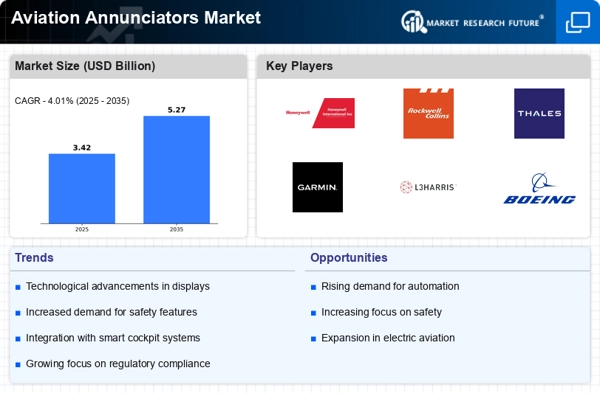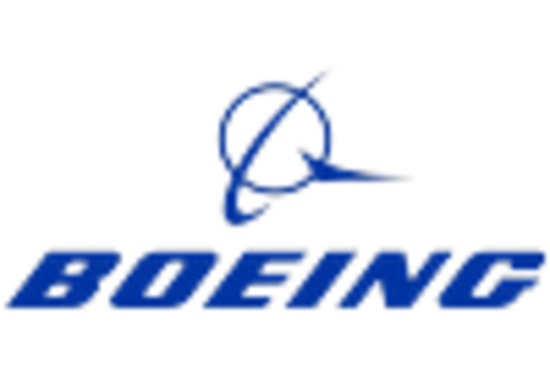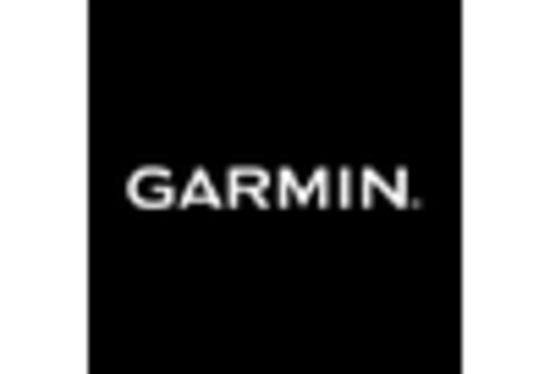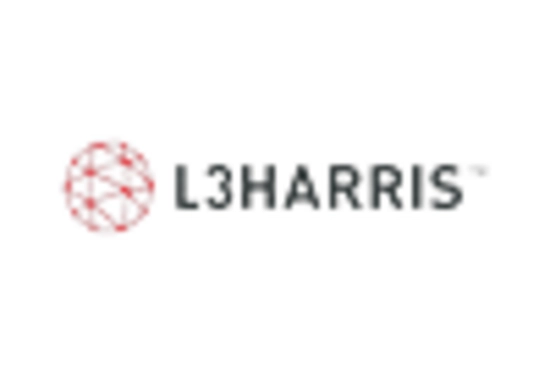Market Expansion and Increased Air Traffic
The Aviation Annunciators Market is poised for growth due to the expansion of air traffic and the increasing number of aircraft in operation. As air travel continues to rise, driven by factors such as globalization and economic development, the demand for advanced avionics, including annunciators, is expected to surge. According to industry forecasts, the number of commercial aircraft is projected to increase by over 30% in the next decade, necessitating the integration of sophisticated annunciation systems to ensure operational safety and efficiency. This expansion presents a lucrative opportunity for manufacturers to innovate and cater to a broader customer base. Furthermore, the Aviation Annunciators Market may benefit from the growing trend of urban air mobility, which could introduce new applications for annunciators in emerging aviation sectors.
Regulatory Compliance and Safety Standards
The Aviation Annunciators Market is significantly influenced by stringent regulatory compliance and safety standards imposed by aviation authorities. Organizations such as the Federal Aviation Administration (FAA) and the European Union Aviation Safety Agency (EASA) mandate the implementation of advanced annunciation systems to enhance flight safety. These regulations necessitate that aircraft manufacturers and operators invest in high-quality annunciators that meet or exceed safety requirements. As a result, the demand for reliable and efficient aviation annunciators is expected to rise. Recent statistics indicate that the market for safety-critical systems in aviation is anticipated to reach USD 10 billion by 2026, driven by the need for compliance with evolving safety regulations. Consequently, the Aviation Annunciators Market is poised for growth as stakeholders prioritize safety and regulatory adherence.
Emerging Markets and Investment Opportunities
The Aviation Annunciators Market is witnessing a shift as emerging markets present new investment opportunities. Countries with expanding aviation sectors, particularly in Asia and the Middle East, are increasingly investing in modernizing their fleets and enhancing safety measures. This trend is driven by rising disposable incomes, urbanization, and a growing middle class, which collectively contribute to increased air travel demand. As these markets develop, there is a corresponding need for advanced aviation technologies, including annunciators, to ensure compliance with international safety standards. Recent analyses suggest that the aviation market in Asia is expected to grow at a rate of 6.5% annually, creating a favorable environment for manufacturers to introduce innovative annunciation solutions. Thus, the Aviation Annunciators Market stands to benefit from the influx of investments in these burgeoning markets.
Increased Focus on Pilot Training and Human Factors
The Aviation Annunciators Market is increasingly shaped by a heightened focus on pilot training and human factors in aviation safety. As the complexity of aircraft systems grows, there is a corresponding need for effective training programs that emphasize the importance of annunciators in cockpit operations. Enhanced training methodologies, including simulation-based training, are being adopted to familiarize pilots with the functionality and significance of annunciators. This trend is likely to drive demand for advanced annunciation systems that provide clear and intuitive alerts. Moreover, research indicates that human factors contribute to a significant percentage of aviation incidents, underscoring the need for effective communication tools in the cockpit. Consequently, the Aviation Annunciators Market is expected to evolve as stakeholders prioritize pilot training and the integration of user-friendly annunciation systems.
Technological Advancements in Aviation Annunciators
The Aviation Annunciators Market is experiencing a notable transformation due to rapid technological advancements. Innovations in display technologies, such as LED and OLED, enhance visibility and reduce power consumption, which is crucial for modern aircraft. Furthermore, the integration of smart technologies, including artificial intelligence and machine learning, allows for predictive maintenance and real-time monitoring of aircraft systems. This shift not only improves safety but also optimizes operational efficiency. According to recent data, the market for advanced avionics, which includes annunciators, is projected to grow at a compound annual growth rate of approximately 5.2% over the next five years. As manufacturers continue to invest in research and development, the Aviation Annunciators Market is likely to witness an influx of innovative products that cater to the evolving needs of the aviation sector.

















Leave a Comment